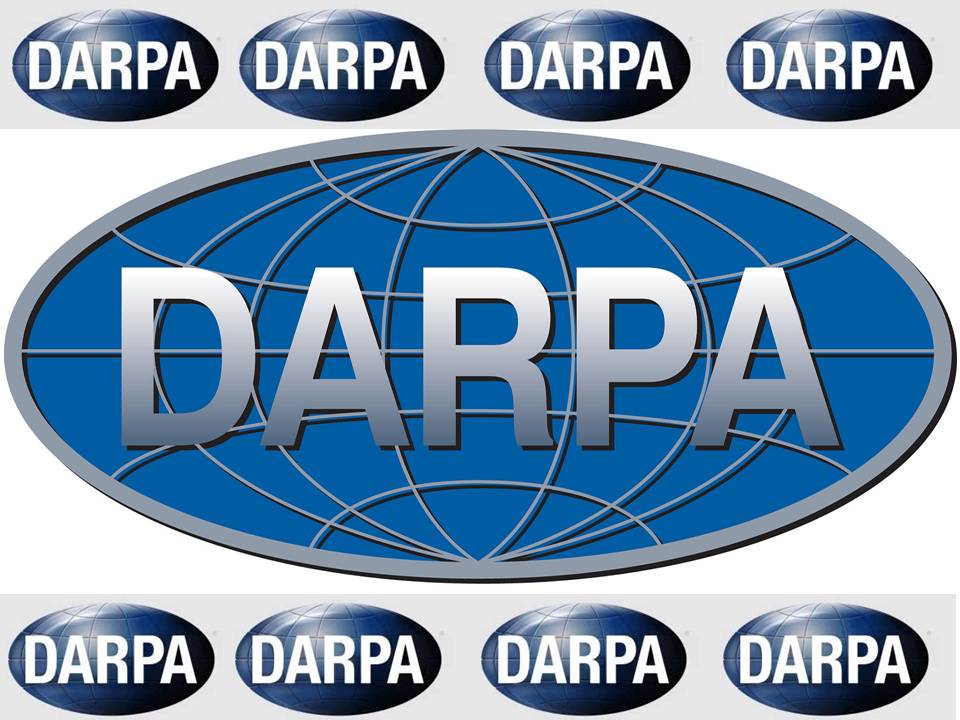What’s the ground truth on artificial intelligence (AI)? In this video, John Launchbury, the Director of DARPA’s Information Innovation Office (I2O), attempts to demystify AI–what it can do, what it can’t do, and where it is headed. Through a discussion of the “three waves of AI” and the capabilities required for artificial intelligence to reach its full potential, John provides analytical context to help understand the roles artificial intelligence already has played, does play now, and could play in the future.
The Defense Advanced Research Projects Agency (DARPA), responsible for the development of emerging technologies for use by the military, has been executing research and development projects to expand the frontiers of technology and science since 1958, with the aim to reach beyond immediate military requirements.
DARPA-funded projects have provided significant technologies that influenced many non-military fields, such as computer networking and graphical user interfaces in information technology.
“DARPA has always been at the forefront of artificial intelligence driving the technology forward. So it’s no surprise that we have some pretty definitive uses where it’s headed. There’s been a lot of height and bluster about artificial intelligence. Talk about a singularity that artificial intelligence will exceed the capability of human beings maybe even displace humanity. We’re going to take a much more level-headed approach an attempt to demystify. Talk about the technology what it can do what it can’t do and where it’s headed…”
John Launchbury, Director I20, DARPA

Artificial intelligence is a programmed ability to process information..
Three waves of Artificial Intelligence
1. Handcrafted Knowledge
2. Statistical Learning
3. ContextualAdaptation

The first wave of Artificial Intelligence : Handcrafted Knowledge
Enables reasoning over narrowly defined problems
No learning capability and poor handling of uncertainty
Engineers create sets of rules to represent knowledge in well‐defined domains
The structure of the knowledge is defined by humans
The specifics are explored by the machine

The second wave of Artificial Intelligence: Statistical Learning
Engineers create statistical models for specific problem domains and train them on big data
Manifold hypothesis
Natural data forms lower dimensional structures (manifolds) in the embedding space
Manifolds
Each manifold represents a different entity
Understanding data comes by separating the manifolds
Handwritten digits
Each image is an element living within a data space of 784 “dimensions”
Manifolds of handwriting
Variation in handwritten digits form 10 distinct manifolds within the 28×28 dimensional space of pixel values
Separating manifolds
Imagine the spiral arms are each clusters of data
Stretching and squashing the data space separates them cleanly
Stretching in a new dimension enables enclosed manifolds to be isolated
Neural nets
Each layer stretches and squashes the data space until the data manifolds are cleanly separated
Structured neural net
Machine‐learning “programmers” design the network structure with experience and by trial and error
Layering neural networks
A deep convolution neural net (CNN) produces a set of outputs (abstract “words”)
A language‐generating recurrent neural net (RNN) “translates” the abstract “words” into captions
Artificial Intelligence Technology is powerful
Code and network flows
Observe real‐time cyber attacks at scale
Electromagnetic spectrum
Overcome spectrum scarcity to meet wireless data demand
Autonomous platforms
Reshape defense missions
Challenges with second wave
Statistically impressive, but individually unreliable
Internet trolls cause theAI bot,Tay, to act offensively

The (future) third wave of Artificial Intelligence: Contextual adaptation
Systems construct contextual explanatory models for classes of real world phenomena


